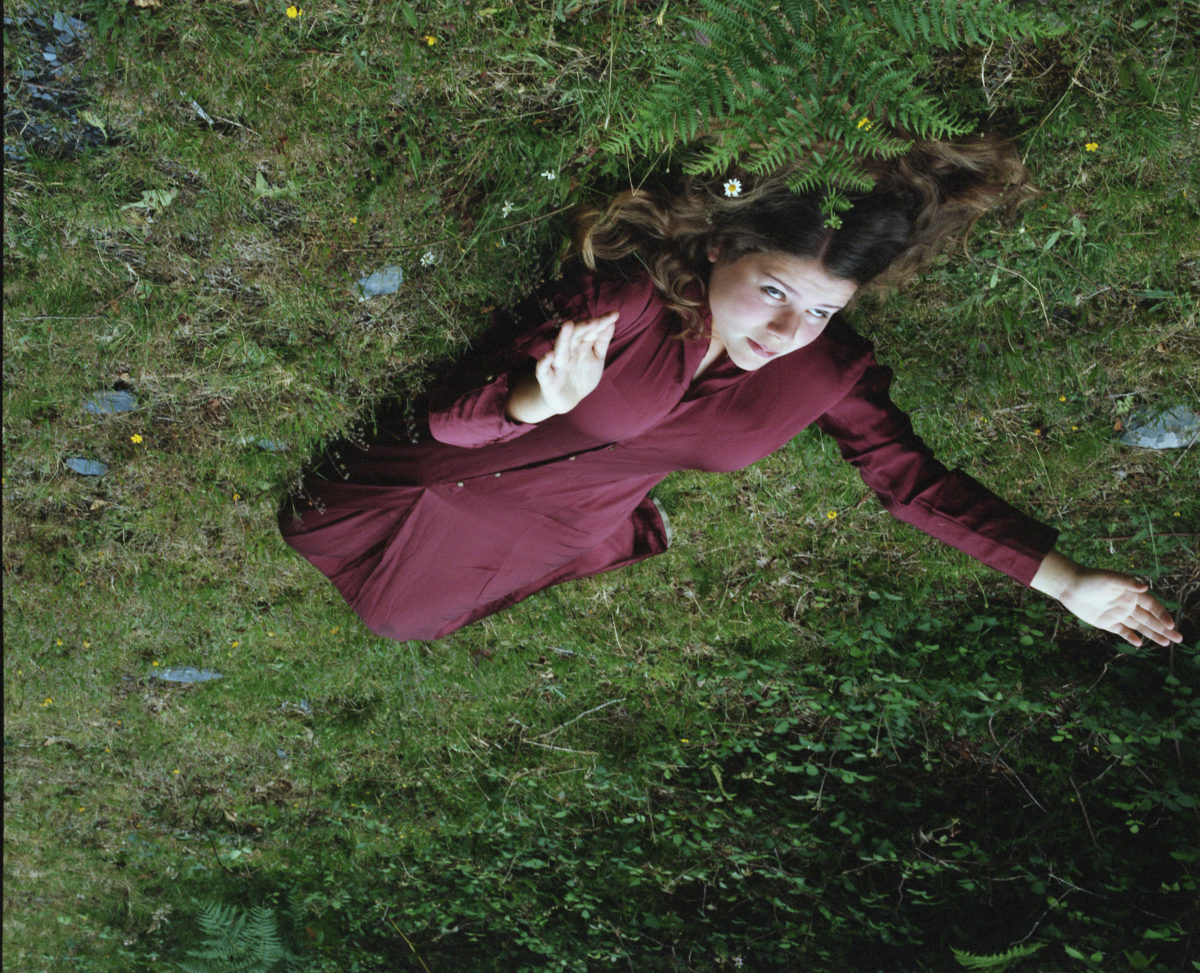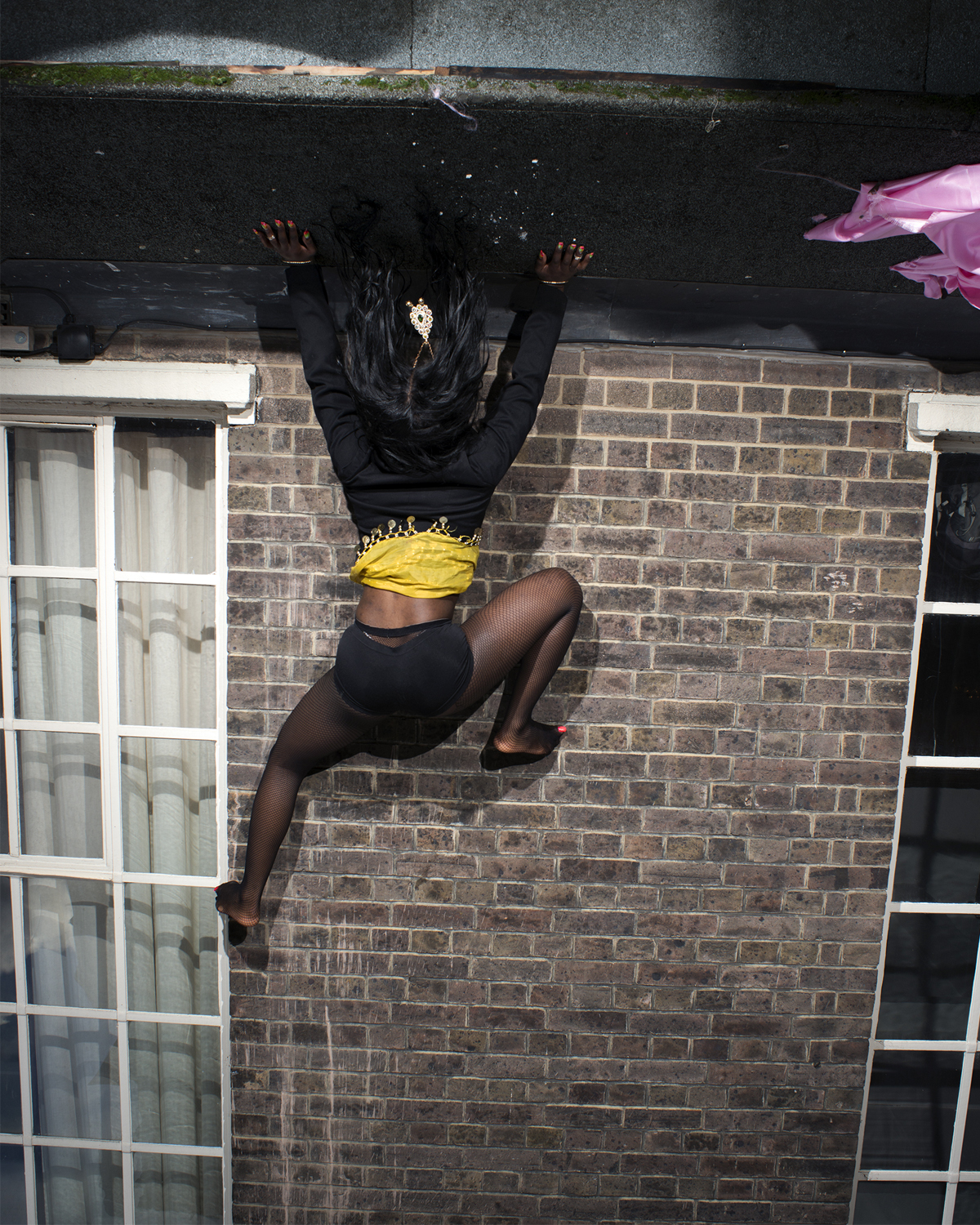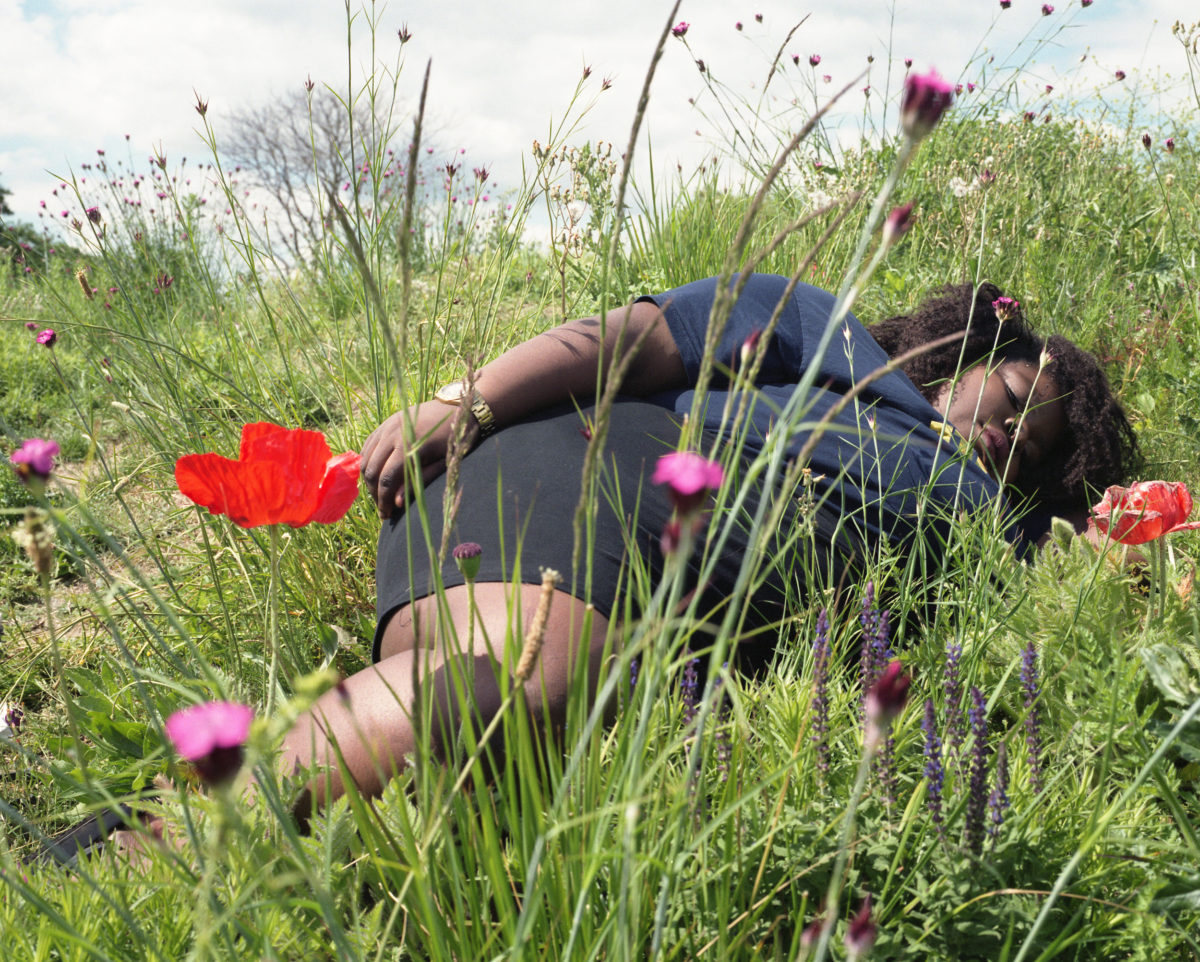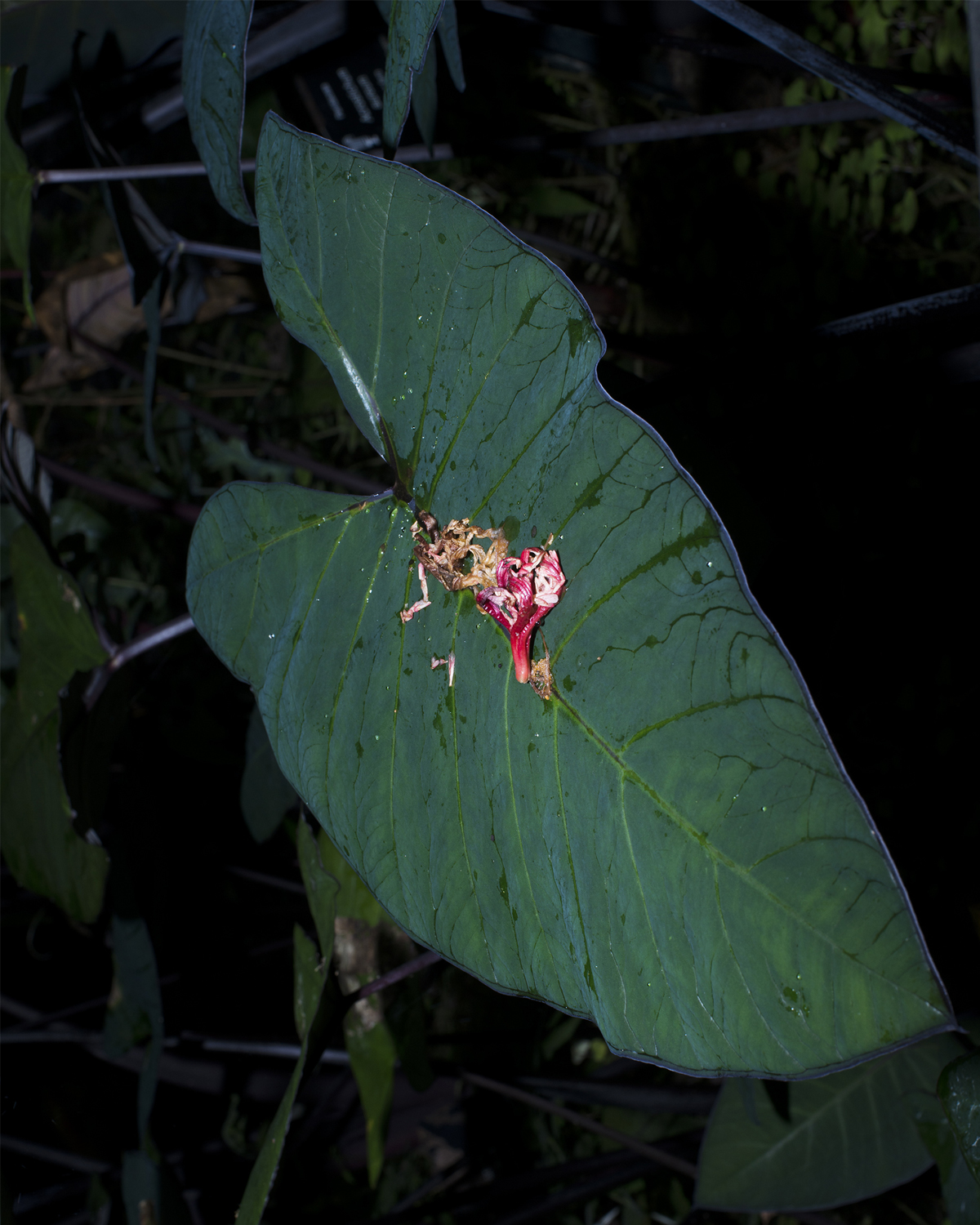A resource exploring the use of symbolism and metaphor to explore death and dying in the ‘staged’ images of photographer Lua Ribeira.
Part of Jerwood/Photoworks Awards 2
Introduction
Lua Ribeira’s series Subida al Cielo (Ascent Into Heaven) explores death and dying. Death and mythology are powerful subjects for artists, and reoccur often as themes in art history. The phenomenon of death has created centuries old mythology in cultures across the globe. Myths exist in every society, telling stories of that culture’s gods and heroes, and providing diverse rationales around human existence through religion and mythology. It is part of the human condition to try to understand death, and many artists have used their art to come to terms with loss, or their own sense of mortality.
Themes
In Lua’s staged images we are confronted by a striking personal visualisation built on the fear of dying, motivated by escape from reality and the longing for mythological significance in contemporary life.
“I like to look at images in a very metaphorical way”
Lua Ribeira
Lua describes her work as being shaped by her Catholic upbringing and built around a fear of dying. In Catholicism there is a strong contrast between the torment and struggles between the physical body in its life on earth and the fantastical journey to heaven and the afterlife. Lua seeks to convey this narrative through the use of metaphor in her images.
Visual Influence
Lua’s work is also heavily influenced by painting. Her photographs make references to Christian Art and religious painting that depict death and mortality through the use of symbolism, mythology and drama. Although the photographs depict real people, the images are staged. Her cast of characters are heavily posed and appear to be performing for the camera.
In developing her work, Lua draws a lot, watches films, and collects many images from lots of different sources as part of her visual research. She often photographs people in the streets as part of this research, but the final works are always constructed photographs and not moments caught on camera, which she develops by first sketching out her plans for the image.
I. Discuss

Before discussing the work, ask each student to write down three words in response to the photographs. Work in silence to group the words then open up a discussion to identify any common and/ or unusual interpretationsof the work.
Discuss Lua’s images with your students:
- Lua’s photographs are full of visual clues. Can you find one? What does it tell you?
- What might the significance of the masks be?
- Why do people wear masks (e.g. protection – gas marks, camouflage -balaclava, ritual)?
- Lua’s photographs are staged or constructed rather than capture moments. How can you tell? What effect does this have?
II. Explore the narrative
- What do you see in the photograph.
Describe it in detail. - Where is the image taken?
- What has taken place?
- Why has the photographer chosen to photograph it?
- What is this photograph about? How do you know?
- How can images engage with our senses? Explore this idea further. Imagine you can step inside the image space.
- What can you hear?
- What can you smell?
- What can you feel (physically)?
- What do you feel (emotionally)?


- Who is in the photograph?
- What does the image reveal about their character/personality?
- Are they posed or unposed?
- Do they know they are being photographed?
- Why do you think the photographer has chosen to photograph them?
- What similarities and differences can you see within the collection of images?
- What is happening in this photograph?
- Where is the image taken?
- Does the image remind you of anything?
- How does it make you feel?
- Could this photograph be interpreted differently by different people? How?
- What is included in the photograph?
- What is missing?
- What happened before/after the picture was taken?
III. Personal Interpretations
Personal Responses
- Do you like, dislike, love or hate this work? Why?
- What story do you think this photograph is telling?
- Does the photograph make you think about anything in particular?
Individual Interpretations
Students choose one photograph each, make a quick study (drawing) of the image in their sketchbook and then make notes about it (use the prompts in this resource).
Ask students to give feedback in pairs or to the group.

IV. Constructing a Story

Build a Picture
Ask students to choose a photograph and create a fictional story around it.
Who or what might it be about? What happened next?
Make a Scene
Students work in small groups or pairs on a project to create tableaux.
That is, they are asked to create a narrative (story) and stage a series of photographs around their chosen theme, arranging characters, making use of constructed backgrounds, props and lighting, and considering what creates the best dramatic effect.
This is also a useful way to explore symbolism through pose, props and objects.

About the Contributor
Lindsey Smith is a Photographic Artist and Freelance Artist Facilitator. Over the last 25 years she has worked in collaboration with a range of organisations to design, deliver and evaluate learning and engagement initiatives.
She has extensive experience of devising and facilitating public workshops and creative projects. Employing a broad range of materials and processes within a photography and lens-based practice enables me to engage with a diverse range of audiences and participants.
